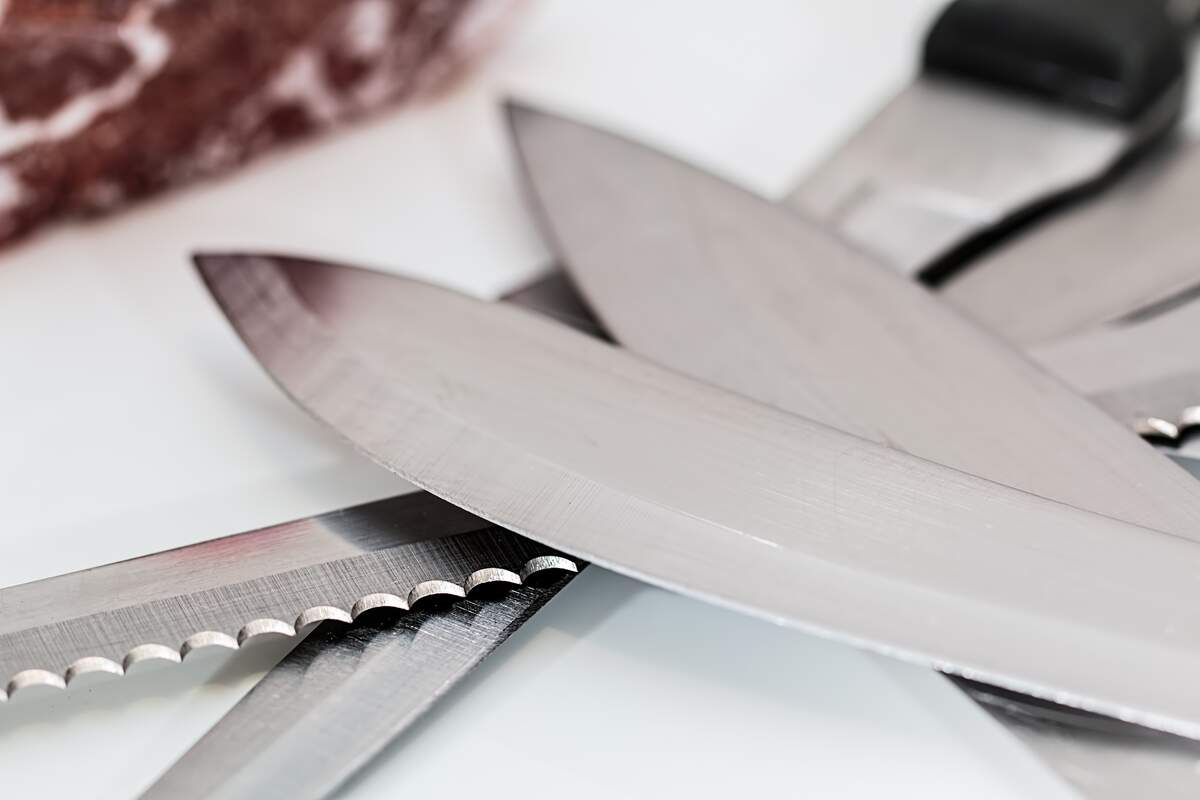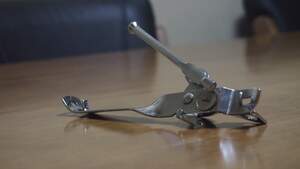

National Knife Day
Grab or pull out your knives! Today we celebrate them, no matter their size, style, or brand! It is unknown who started National Knife Day or when they started it, but it was being celebrated by at least 2011. It is also unknown why the observance takes place on August 24, but one explanation appears to be that the date is connected to the Bowie knife. It was on this date in 1838 that Rezin Bowie, the brother of the knife's namesake, wrote a letter to the Planters' Advocate claiming he was the person who had created the knife.
One of the earliest tools known to humankind, the knife was present at the beginnings of the development of human civilization and came out of the need for survival. Early on, knives were used as primitive tools for digging and construction, as weapons, and to hunt, fish, and gather food. In contrast to today, almost everyone carried a knife. The first knives were made of stones which were cracked to make a sharp edge like a blade. Sharpened stone tools became more advanced during the late Lithic periods, and then even more so during the Copper and Bronze Ages. Metal blades appeared, which weren't as sharp and didn't stay sharp as long as the stone blades that preceded them. This led to the introduction of sharpening stones.
During the Iron age, tools became stronger and more durable. Iron knives came on the scene and stayed sharper longer. Steel blades followed iron ones, and not much has changed since then. Steel blades, which are made of an alloy of iron that has carbon, are the most common today and are known for being durable and efficient. Cobalt alloys and titanium are also used in knife making today.
Early knives didn't have a separate handle and blade—they were all one piece. Eventually, handles began being made out of carved bone, wood, and metal, and then, rare materials like mother-of-pearl and tortoiseshell began being used. Today, wood is one of the most popular materials used for knife handles, and metals like stainless steel are also common. One other change besides that advent of a separate handle was the invention of the folding knife.
Knives have many different purposes in the present day, some of which are the same as they have been for thousands of years. Some ways they are used are to prepare food, as a utensil when eating food, by surgeons and medical professionals, to dress an animal, to fillet a fish, and for carving. There are various types of kitchen knives such as the chef's, utility, paring, and bread knives. Most knives are affordable to just about anyone, but there are high-end custom knives such as Randall Made Knives, most of which sell for $400 of more. In many locations, there are laws that pertain to knives: ownership laws exist for certain types of knives, open and concealed carry laws apply to certain types of knives, and other types of laws exist, such as those that say a robbery is an "aggravated crime" with more severe punishment if a knife is involved. There also are certain areas where some types of knives are not permitted, such as at schools or on planes.
How to Observe National Knife Day
Knives should be used more today than on any other day of the year. Here are a few ideas on how to spend the day:
- Do some knife throwing.
- Do some whittling.
- Prepare some food using a knife or multiple knives. It might be beneficial to first learn what type of knife is appropriate for different types of food.
- Get a pocket knife, which has many uses.
- Check for knife promotions such as giveaways and sales happening today. This is often a large part of the day.
- Give someone a knife as a gift.
- Clean, oil, and sharpen your knives.
- Carry your knives around in a holster.
- Cut a lot of things with your knives, such as food, paper, and rope.





















